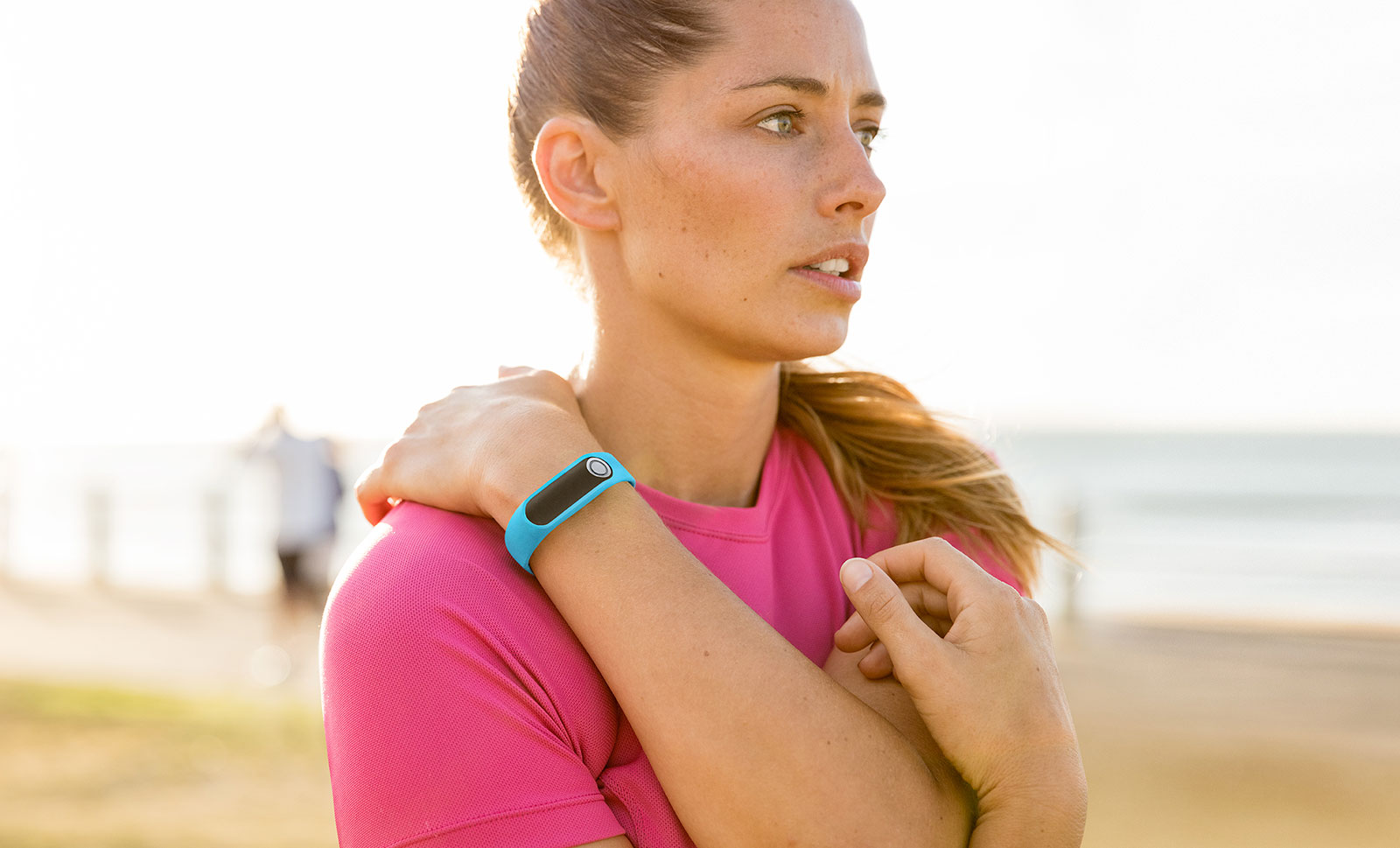Have you ever wondered precisely what you were? A new fitness tracker might just be able to tell you thanks to a small amount of electrical current.
It’s hard to differentiate yourself in the fitness world, and with Fitbit the name on everyone’s lips and smart watches making a move for this area, you need to think a little differently to stand out. And that’s precisely what TomTom is doing, turning to what makes up your body as its big deal.
A rather unusual feature, the TomTom Touch gets the honour of being the first fitness tracker on the market in Australia to take in body composition, analysing this information over time and relating it to data gained from regular life, including step tracking, heart rate, calorie burn, and activity tracking.
“We’re excited to give people fitness information they can really use with TomTom Touch,” said Chris Kearney, Vice President of TomTom’s Consumer division in the Asia Pacific region.
“We all know that weight doesn’t tell the whole story. Two people with the same weight can have completely different levels of muscle and fat in their body. TomTom Touch gives more clarity by tracking body composition, so you can really tell whether your efforts are having any effect.”
It’s all well and good to say something can track body composition, but until someone explains how this works, it’s basically just one more gimmick potentially explained by more jargon, so what does the body composition tracking do, and how does it work?
According to TomTom, the technology is similar to what’s in “smart scales”, the sort both Fitbit and Withings have had on the market for a while.
Technically, the process is called “bioelectrical impedance analysis” or “BIA” if you feel like you need enough three-letter initialism in your life. Not exactly a new technology, this sends a harmless electrical current through your body and measures how long it takes to come back to the device that sent it in the first place.
Using this in conjunction with an algorithm determining the resistance your body gives, you get your body composition.
That’s not necessarily the same as going in for one of those neat body scans made with imaging devices, but it’s something, though its accuracy may be more of a guide rather than hit and miss, especially due to how your weight will fluctuate anyway depending on how much you consume over the course of a day.
TomTom’s people tell Pickr that “body composition tells you what your body is made of: body fat, muscle and other (bones, water)”.
“We know that most people are particularly interested in knowing their body fat and muscle mass because that’s what gives insight into their fitness and body health, so we focus on helping users measure and track their body fat and muscle percentage,” said a representative for TomTom.
We’d probably take it as a guide only, but if that guide helps you to keep exercising and to perhaps do it more rigorously, all the better.
And given that it’s splash- and shower-resistant (but not made for swimming) with an IPX7 rating, as well as made for iPhone, Android, and offers a battery life of up to five days, it should be ideal for anyone who knows they need to get up, about, and doing something about their health.
TomTom’s Touch is available in select stores and from the company’s online presence for a recommended retail price of $219.






